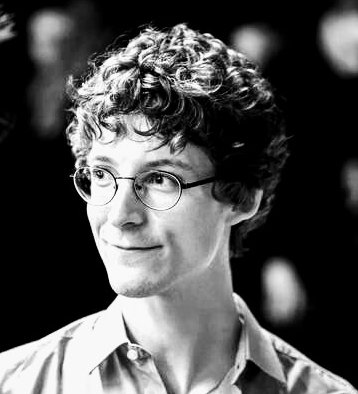Forschungsbereich
Mein Hauptinteresse gilt derzeit der automatischen Übersetzung zwischen Gebärdensprachen (z.B. Schweizerdeutsche Gebärdensprache) und gesprochenen Sprachen (z.B. Deutsch). Darüber hinaus interessiere ich mich allgemein für die Forschung im Bereich der Gebärdensprachverarbeitung und für Werkzeuge, die meiner Meinung nach die maschinelle Übersetzung von Gebärdensprachen verbessern können.
Ich glaube an offene und reproduzierbare Wissenschaft, und alles, was ich tue, resultiert in offenen Datensätzen und Beiträgen zu Open-Source-Softwareprojekten.
Akademische Laufbahn
Mein Hintergrund ist die Computerlinguistik (eine Mischung aus Informatik und Linguistik). Ich habe an der Universität Zürich über die Robustheit neuronaler maschineller Übersetzungssysteme promoviert und wurde von Prof. Rico Sennrich betreut. Ich verbrachte einige Zeit bei Amazon AI Research in Berlin in deren Team für maschinelle Übersetzung. Nach meiner Promotion arbeitete ich drei Jahre lang als Postdoktorand im EU Horizon Projekt EASIER. Das übergeordnete Ziel von EASIER ist die allgemeine Verfügbarkeit von maschinellen Übersetzungssystemen für Gebärdensprachen.
Ich habe einen CAS-Abschluss in Hochschulbildung und bin stolz darauf, als Lehrer tätig zu sein. Ich habe zahlreiche Gruppen von Kindern, Universitätsstudierenden und Fachleuten in Weiterbildungsprogrammen unterrichtet.
Projekte
Bei der DSI ist mein Projekt «Fundamental linguistic tools for sign language machine translation – SIGMA». SIGMA zielt darauf ab, grundlegende Werkzeuge für die automatische Verarbeitung von Gebärdensprachen bereitzustellen, mit dem Hauptziel, eine übergeordnete Aufgabe zu verbessern: die maschinelle Übersetzung von Gebärdensprachen. Die Verbesserung der maschinellen Übersetzung von Gebärdensprachen ist für die schweizerische und internationale Gesellschaft von Bedeutung. Während für hörende Personen die Übersetzungstechnologie ausgereift und im Alltag einsetzbar ist, gibt es für Gehörlose, die Gebärdensprachen verwenden, keine solchen Werkzeuge. Gehörlose Menschen können nur dann vollwertige Mitglieder einer digitalen Gesellschaft sein, wenn ihnen die Übersetzungstechnologie zur Verfügung steht. Das Projekt ist an der Schnittstelle zwischen Informatik, Linguistik und Zugänglichkeitsstudien angesiedelt und daher sehr interdisziplinär.
Neben SIGMA bin ich auch der Hauptorganisator der WMT Shared Tasks on Sign Language Translation (https://www.wmt-slt.com/ ), wo ich ein Team von 20 Personen aus akademischen und industriellen Organisationen leite.
